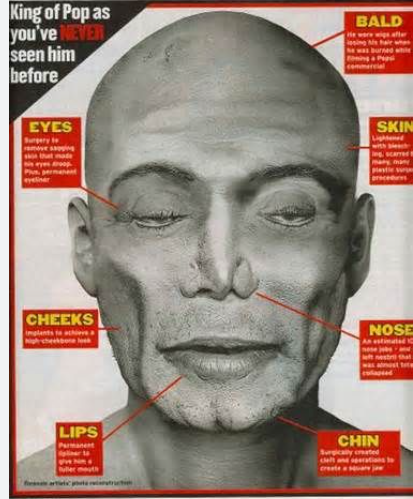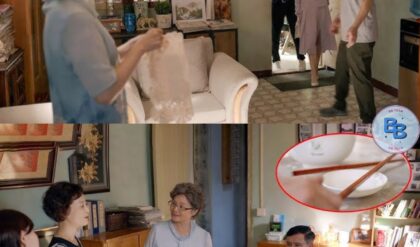Michael Jackson Autopsy Photo

In a courtroom drama that has captured global attention, the involuntary manslaughter trial of Dr. Conrad Murray has unfolded as a compelling and controversial exploration into the circumstances surrounding the tragic death of the King of Pop, Michael Jackson. The latest revelation in this high-profile trial sent shockwaves through the legal proceedings, as a nude autopsy photo of Michael Jackson was presented as a key piece of evidence. This unprecedented glimpse into the postmortem examination has become a focal point in the quest for justice, forcing a reexamination of the events leading to Jackson’s demise on June 25, 2009. As the courtroom drama intensifies, the unveiled autopsy photo serves as a haunting visual testament, adding layers of complexity to the narrative and prompting a profound reflection on the responsibilities and actions of those entrusted with the care of cultural icons. This article delves into the pivotal moment when the Michael Jackson autopsy photo was revealed during Dr. Conrad Murray’s trial, exploring the legal intricacies, expert testimonies, and emotional dimensions that have emerged in this high-stakes courtroom spectacle.

Michael Jackson Autopsy Photo
The Trial’s Context
Dr. Conrad Murray, now 58, stands accused of involuntary manslaughter, with the prosecution contending that he provided Michael Jackson with a fatal dose of propofol while the singer was under his care. Murray, who has pleaded not guilty, maintains that Jackson self-administered the lethal dose in his absence.
During the trial, the court heard testimony from Dr. Christopher Rogers, the medical examiner, who discussed the likelihood of Dr. Murray’s account of events. Dr. Rogers stated that if Murray had left Jackson alone for the two minutes he claimed, the sedation level would have likely been too high for Jackson to administer propofol to himself.
Challenging the Defense’s Theory: Murray’s defense team proposed the theory that Jackson may have ingested the drug, but Dr. Rogers countered this by stating that there was no observable residue resembling propofol in Jackson’s mouth, esophagus, or stomach. Dr. Rogers suggested that Murray accidentally giving Jackson too large a dose of propofol was a more plausible scenario.
Precision Dosing and Lack of Equipment
A crucial aspect of Dr. Rogers’ testimony was the absence of a precision dosing device. He noted that no such device was found, indicating that Dr. Murray would have been estimating the amount of propofol he administered. This lack of precision raised concerns about the potential for miscalculation and the administration of an overdose.

Michael Jackson Autopsy Photo
The courtroom atmosphere became even more charged as jurors listened to an audio recording of Dr. Conrad Murray’s interview with LAPD officers two days after Michael Jackson’s death. Murray emotionally recounted informing Jackson’s children of their father’s passing. The recording captured heartbreaking moments, with Jackson’s daughter Paris expressing her deep sadness and loss.
Potential Consequences for Dr. Conrad Murray: If convicted, Dr. Conrad Murray faced severe consequences, including up to four years in prison and the permanent revocation of his medical license. The trial not only delved into the details of Michael Jackson’s tragic demise but also raised questions about the medical practices and accountability of those entrusted with the care of iconic figures.
The revelation of Michael Jackson’s autopsy photo marked a poignant moment in the trial, shedding light on the complex circumstances surrounding the King of Pop’s death. As legal proceedings continued, the courtroom remained a stage for the intersection of medicine, celebrity, and justice, offering a profound examination of the events leading to the loss of one of the world’s most legendary entertainers.

 Ex ni Kyline Alcantara na si Kobe, BINISTO ang lahat sa publiko—Lahat ng Baho Isiniwalat
Ex ni Kyline Alcantara na si Kobe, BINISTO ang lahat sa publiko—Lahat ng Baho Isiniwalat



